The Black Death was a bubonic plague, caused by a bacteria named Yersinia Pestis, that devastated Europe peaking from 1347 to 1351. With a death count of 75 to 200 million people, it is the most fatal pandemic recorded in human history. The outbreak of the bubonic plague in Europe was a key event in its history. It would bring about several changes in social, economic and political lives of the time. Memories would live for long in the social conscience and lead to art and literature about the conditions and life in those times. The cause of Black Death was not known at the time and it would remain an enigma for several centuries. Moreover, it didn’t end in the 14th century and would continue to strike Europe from time to time until the 17th century. Know more about Black Death through these 10 facts.
#1 THE DISEASE WAS NOT REFERRED TO AS THE BLACK DEATH IN ITS TIME
Writers contemporary with the plague in Europe described the disease in Latin as pestis or pestilentia (‘pestilence’); epidemia, (‘epidemic’); and mortalitas, (‘mortality’). Though death being associated with the color black was old, the 1347 pandemic plague was not referred to specifically as “black” in the 14th or 15th centuries in any European language. Danish and Swedish writers and historians began popularizing the term in the 16th and 17th century from where it was transferred to other languages over many years. In 1755, the term “Black Death” was first seen as being referred to the plague pandemic in English. It was being translated from Danish: den sorte død, meaning ‘the black death’.
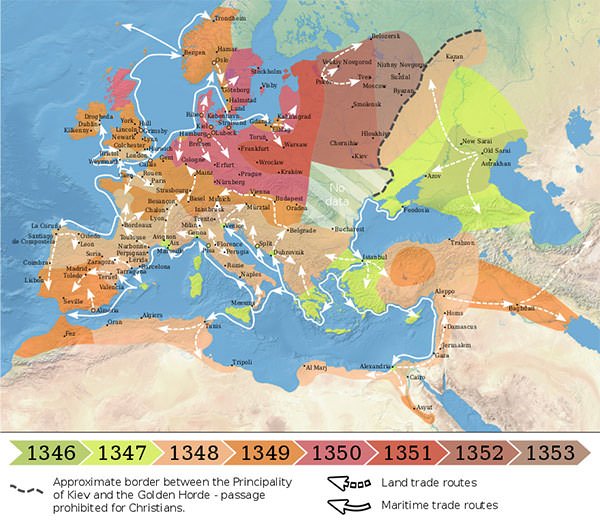
#2 BLACK DEATH MARKED ONLY THE BEGINNING OF THE SECOND PLAGUE PANDEMIC
The plague epidemic that hit European shores in 1347 was not the first major instance of bacterium Yersinia pestis striking Europe. The Plague of Justinian of the 6th and 7th century is recognized as the first major known attack of note. It is referred to as the First Plague Pandemic. The Justinian Plague afflicted the Byzantine Empire, Sasanian Empire and port cities around the Mediterranean Sea. Historical descriptions point out that this plague had wiped out 40% of the population of the Byzantine capital Constantinople. Modern studies estimate that it may have killed almost 50 percent of the European population until it finally disappeared in 700 CE.
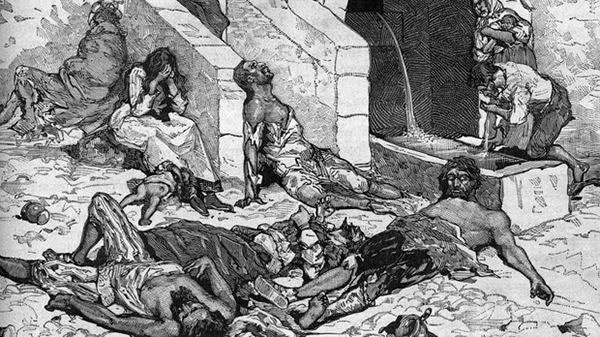
Black Death is now seen as the first and most deadly outbreak of the Second Plague Pandemic that would continue to strike Europe from time to time until the 17th century, and more sparely in certain areas until the 19th century. Few of the later outbreaks of the Second Plague Pandemic were as devastating. Nonetheless they continued to kill 10-20% of the population with each recurrence. A new strain of the bacteria would strike again in 1855 in Yunnan China and would be referred as the Third Plague Pandemic. This episode of the bubonic plague spread to all inhabited continents, though it would be largely confined to Asia. It would lead to more than 12 million deaths in India and China, with about 10 million killed in India alone. The Third Pandemic lasted roughly between 1860 and 1960.
#3 YERSINIA PESTIS IS STILL BEING RESEARCHED
French/Swiss bacteriologist Alexandre Yersin discovered the causative agent of the Black Death in 1894, while studying the plague outbreak in Hong Kong. The bacteria was named Yersinia Pestis after Yersin, and was later found to be the cause of the Justinian Plague. Research continues on the Yersinia Pestis throwing some interesting findings. In 2010, medical geneticists led by Mark Achtman came to the conclusion that all the three plague outbreaks had their origins in or around China.
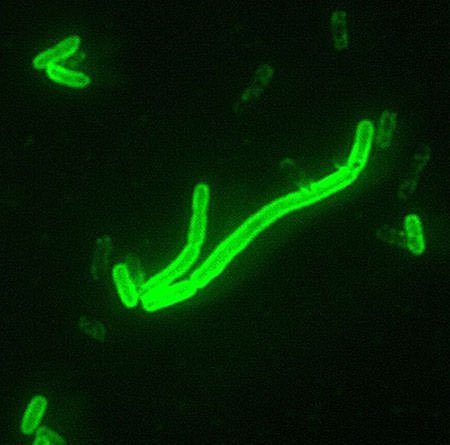
In 2011, a team of 16 researchers from Max Plank Institute sequenced and reconstructed the ancient genome of Yersinia Pestis from Black Death victims from the East Smithfield burial site in London. They concluded that all current strains of the bacteria have originated during the Black Death outbreak. In 2018, another team of researchers from the same institute recovered the oldest known genome of Yersinia Pestis, dating back 3800 years. This strain was recovered from a Late Bronze Age burial site in Russia, from the skeletons of two individuals who carried the disease. It is claimed to be the ancestor of the Justinian Plague, Black Death and of the Third Pandemic.
#4 FLAGELLANT SECTS GAINED SEVERAL MEMBERS AT THE TIME
Flagellant sects arose in northern Italy in the mid 13th century but it was during the Black Death epidemic that they sprouted all over Europe. These radical Catholic groups saw the disease as a punishment from God and carried the act of self flagellation as “atonement” for their sins. These groups with 200 to 1000 members travelled from town to town, where they would form large circles and lash themselves with whips in a manner both highly painful and hugely scarring. By punishing themselves so viciously and openly, Flagellants sought to cleanse themselves. The public self-flagellation of these groups could be highly disruptive to the surrounding community. The groups were thus often suppressed by authorities.
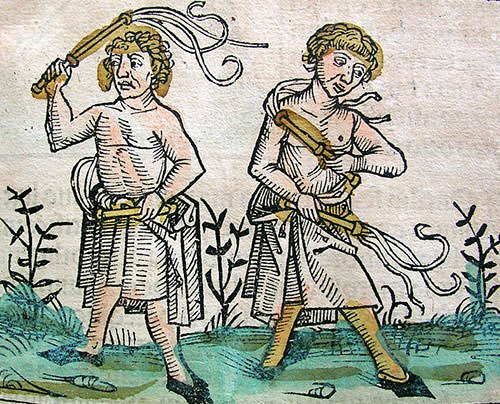
#5 PLAGUE DOCTORS WITH THEIR BEAK LIKE MASKS COULD BE SPOTTED ALL AROUND EUROPE
The most enduring and iconic occupation to emerge from the Black Death were plague doctors. With their typically long, dark robes, gloves and hats; along with their unique beaked face masks; they looked like no one else in Medieval society. Their garb was supposed to function like an early hazmat suit, with elements like the long beak masks which was filled with aromatic items. These masks were designed to protect them from “foul air”, which, according to the now obsolete miasmatic theory of disease, was seen as the cause of infection. In times of epidemic, these physicians were specifically hired by towns where the plague had taken hold. They treated both the wealthy and the poor and were paid by the city authorities. However, these doctors, like their suits, were extremely limited in their effectiveness; and often accidentally spread rather than treated the plague.
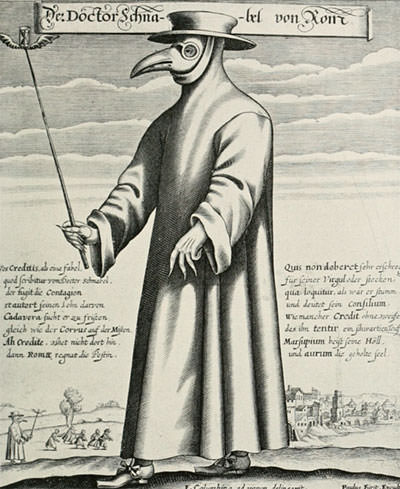
#6 “RING AROUND THE ROSIE” MAY BE A REMINDER OF THE BUBONIC PLAGUE
Most are familiar with the nursery rhyme “Ring Around the Rosie”, which is quite popular among children. However few know that the innocent rhyme may have been framed as a reminder of the Black Death. “Ring around the Rosie” is thought to refer to the painful rings of sores and boils that could result from the plague. “A pocket full of posies” is likewise thought to refer to a belief at the time that posies could help ward off the disease. Given that context, you can start to see the more morbid, deathly connotations of “Ashes, ashes, we all fall down.”
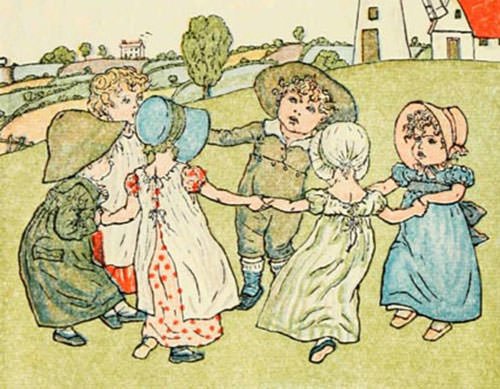
#7 BLACK DEATH ICONOGRAPHY LED TO THE CREATION OF THE GRIM REAPER
The concept of the “Angel of Death” was firmly entrenched in European middle age culture. However the morbidity, fear and suffering faced during the bubonic plague changed the way an average person would view death. As disease and death became a grim reality during the plague epidemic, death became a common subject in art. The Danse Macabre or the “Dance of Death” became a common motif in artwork during and after the Black Death in Europe. It depicted men and women of all social ranks “dancing” with skeletal figures representing death.

The most popular image that emerged in the iconography was perhaps that of the Grim Reaper, a skeletal figure in a black hooded cloak and carrying a scythe; a tool composed of a long curving blade fastened at an angle to a long handle. The Grim Reaper’s black cloak may have been seen as both, a portent of ill fortune and of evil forces. His long over-sized scythe is the tool with which he harvests souls, much in the same way farmers would use a scythe to harvest plants. Many paintings showed death swinging the scythe through a crowd of people, mowing down souls as if they were grain. The Grim Reaper was sometimes also shown with an hourglass, which may be seen as symbolizing the notion that “time has run out” on the dead person whose soul the Grim Reaper is harvesting.
#8 IT SAW THE FIRST FORMAL CASE OF QUARANTINE
As the Black Death was wreaking havoc in Europe, there was helplessness and lack of any scientific or other methods to understand the disease. It was however understood that the plague had something to do with proximity and was a contagious infection. An interesting event took place in Venice when some forward-thinking officials in charge of the port city of Ragusa, decided to keep newly arrived sailors in isolation until they could prove they weren’t sick. This came to be called as a trentino (30 days) in Venetian law and required the sailors to be held on ship for 30 days. With time, the period of forced isolation was increased to 40 days or a quarantino, which became the origin of the word quarantine and the beginning of its practice in the western world.
#9 THERE ARE ALTERNATIVE SCIENTIFIC CHALLENGES AND EXPLANATIONS FOR IT
The theory of Yersinia Pestis being the causative agent of the Black Death has been widely accepted among the scientific community. However, there are some researchers who still doubt the long held belief. A 1984 research published by Graham Twigg dismissed the established view and said that Black Death may actually have been an epidemic of pulmonary anthrax caused by Bacillus anthracis. In 2002, Samuel K. Cohn presented an argument pointing to five major weaknesses in the bubonic plague theory. Moreover, in 2001, Susan Scott and Christopher Duncan proposed the theory that the Black Death might have been caused by an Ebola-like virus, and not a bacterium. There have been arguments and counter arguments but many questions related to the pandemic have not yet been satisfactorily answered.
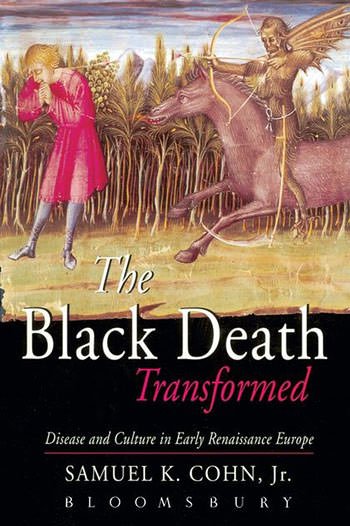
#10 BLACK DEATH WAS SEEN AS GOD’S PUNISHMENT
Lack of understanding of the Black Death and prevalence of strong religious sentiment in medieval Europe led them towards religious explanations. Biblically, plague was always seen as a means of divine punishment by God, with the classic example of this being the Ten Plagues brought against the Egyptians when the Pharaoh refuses to release God’s people. Thus many believed that the epidemic was a kind of divine punishment from God for the sins in the society like lust, greed, blasphemy, pride, envy and heresy. Such beliefs and theories were widespread and proved to be detrimental for some. The heretics, lepers, foreigners and the Jews soon became the targets and were killed in vast numbers.

